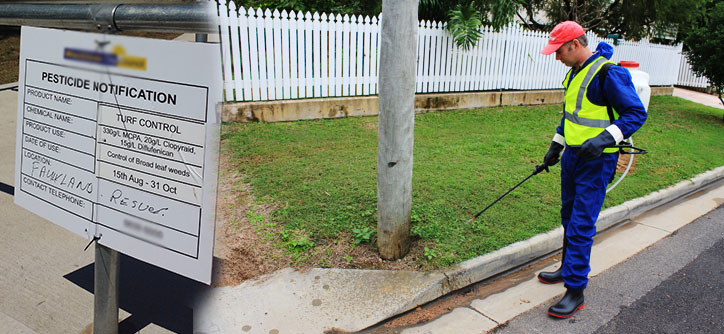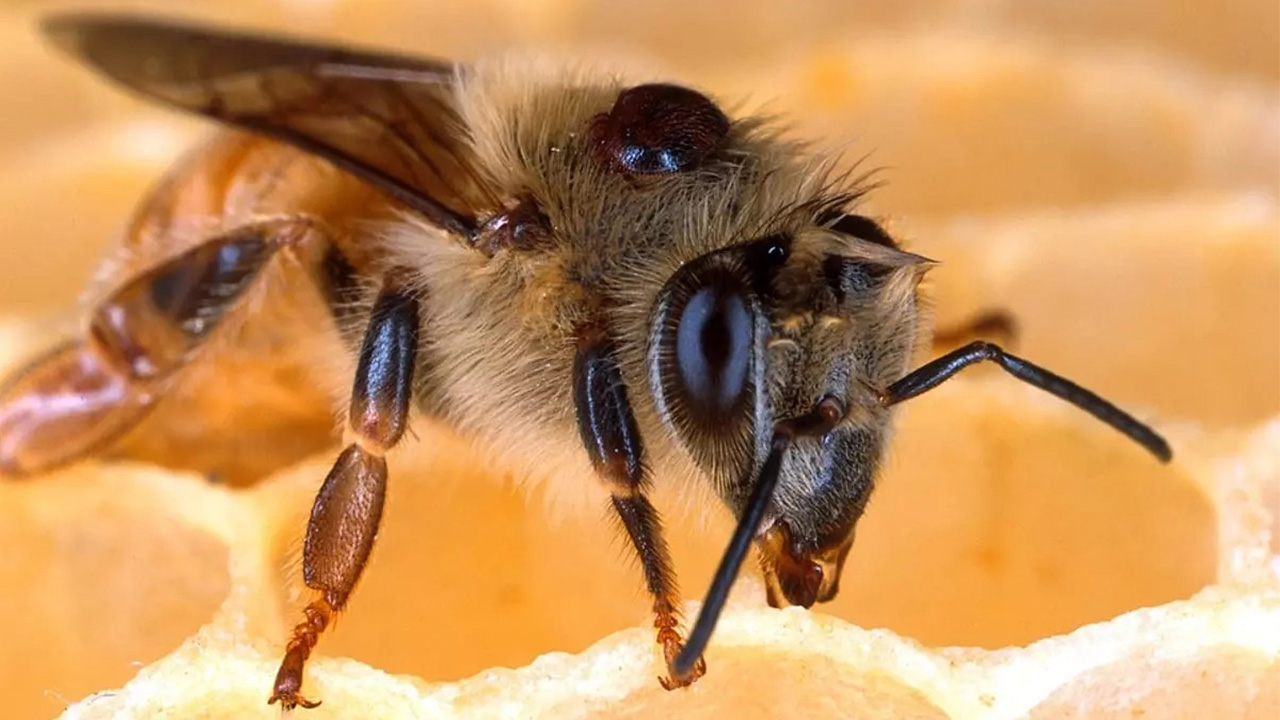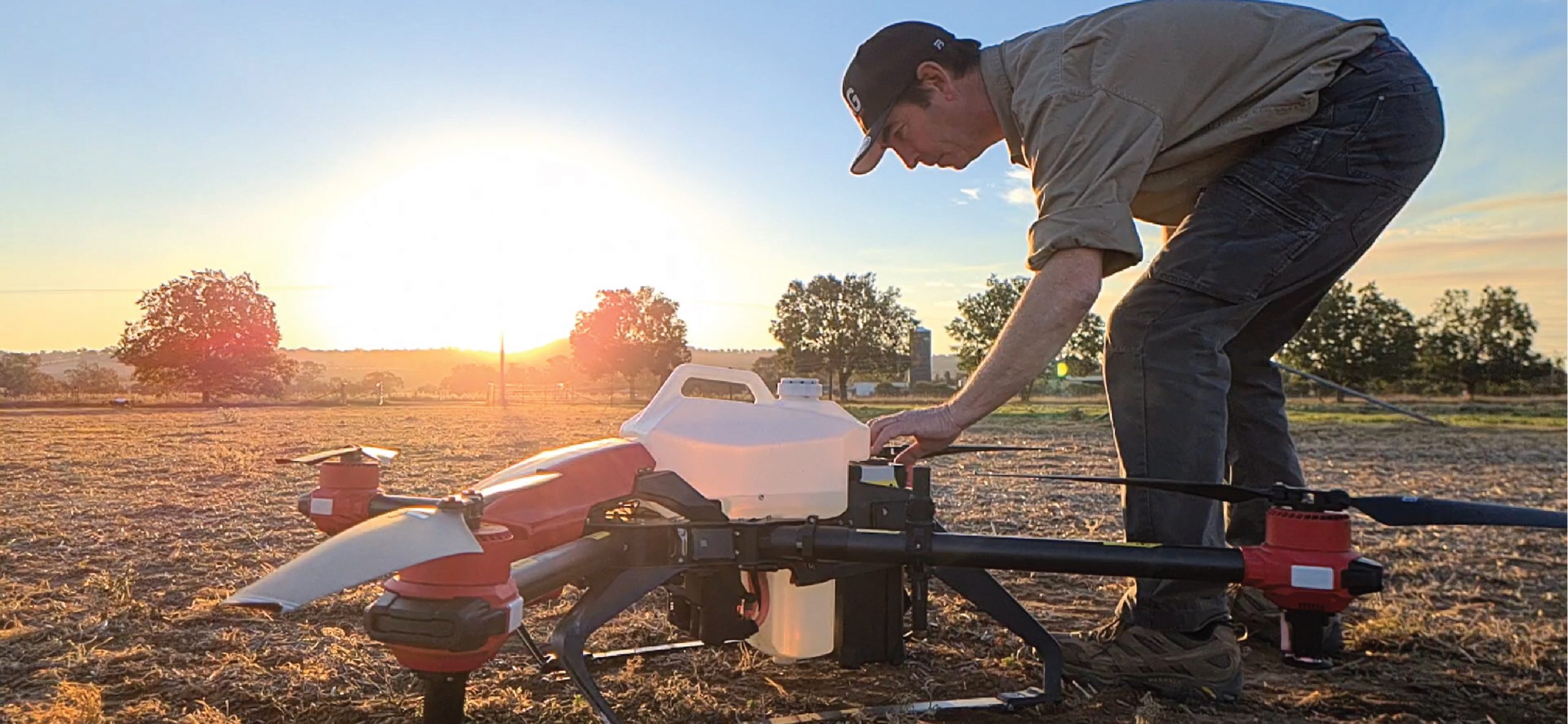Controlling weeds and insect pests in domestic gardens, public parks and ovals requires an operator to be at the top of their game.
There are many factors to consider, getting any one of them wrong may not only carry immediate financial implications but the reputation of the company/council will suffer as a result.
The following key factors should be considered when spraying pesticides in public/private places:
- Is the weather suitable for spraying?
- Are there sensitive areas downwind of the target area?
- Do I have the right equipment to keep off target drift to a bare minimum
- Do I need to restrict entry (of people and pets) into sprayed areas and do I require signage and notification? (insecticides like chlorpyrifos must have dried on foliage prior to re-entry)
- Do I have the right skills and training for this task?
- Will the chosen chemical provide close to 100 % control, whilst causing no harm/injury to non-target organisms within the target area?
- Do I have to keep records of my spray activities?
Check your state compliance requirements given pesticide users that spray for fee or reward will generally need to be licensed as individuals and/or businesses.
Also, for example in NSW, notification is required when spraying pesticides within 20 metres of the boundary of sensitive places like schools and health centres with 5 days advanced notice of intended spraying. Pesticide applications need to be recorded within 24 hours of treatment and kept for a minimum of three years.
Pesticide labels provide advice on appropriate weather conditions for spraying , i.e. correct windspeeds (>3 <15kph), lack of temperature inversions etc. and will alert you to any Re-Entry intervals prior to spraying (as a default always wait until spray deposits have dried on the weeds leaf surface). The restraints section specifies the rainfast period which will usually vary from 1 hour to six or more. If rain is forecast in the afternoon then spraying can be achieved up till late morning with appropriate rainfast products.
Some pesticide labels now carry mandatory spray drift restraints that specify no spray zones from sensitive areas such as water bodies, native vegetation and grazed pasture etc. as well as specified spray quality (droplet sizing) .i.e. such as using no smaller than a coarse spray quality (in order to minimise off target drift potential).
In order to maximise the efficacy of your herbicide treatments (weeds in a lawn for instance), reference the product label to:
- Use robust dosage rates which will increase with increasing plant size
- Time the application according to conditions described in the restraints section, i.e. when plant is actively growing and not stressed due to low moisture, frost, cold, disease or water-logging
- Add any label prescribed surfactants (wetter’s etc.)
Some simple additions will help minimise drift and achieve more efficient and effective spraying. A knapsack fitted with a 2.5 bar constant flow valve will keep pressure to a maximum of 2.5 bar when spraying, coupled with a low pressure air induction nozzle will give you a “coarse spray” at 2.5 bar pressure and reduce drift potential.
A holistic look at all of these factors, coupled with a knowledge of available personal protection equipment and the product label and safety date sheet and local pesticide legislation will help you to achieve safe and efficient weed and pest control in public places.




